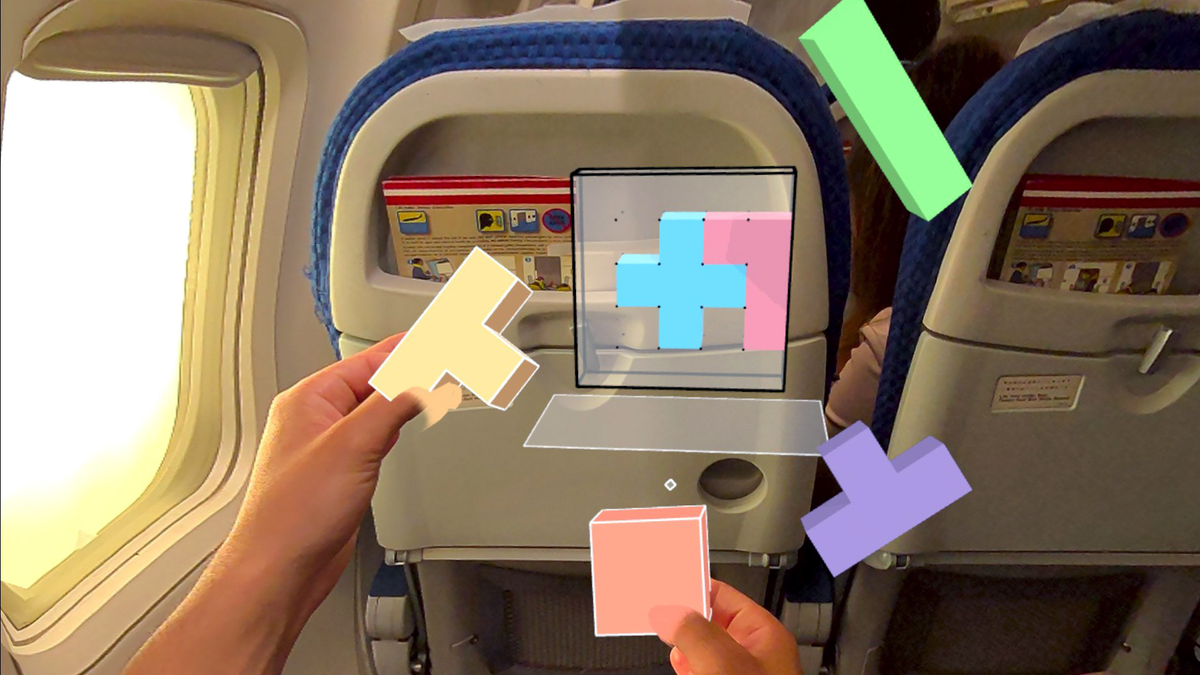
People often think that markerless inside-out tracking systems on headsets, glasses, and self-tracking controllers only use the cameras, but this isn’t the case. These systems rely just as much on the inertial measurement unit (IMU), a chip that contains a tiny accelerometer and gyroscope.
While cameras typically run at 30Hz or 60Hz, the IMU typically provides updates around 1000Hz, enabling much lower latency. However, an IMU can’t actually detect absolute movement – at least not directly. The accelerometer in the IMU senses acceleration relative to gravity, and you can take the integral of acceleration over time to get velocity. And if you again take the integral of those velocity values over time, you get displacement from the original position.
This process is called dead reckoning. From moment to moment, it’s how every headset and controller tracks itself, and the optical aspect like cameras or laser base stations are essentially only used to correct for the cumulative error that results from the noisiness of IMU data. But in a moving vehicle such as an airplane, the accelerometer will pick up the acceleration of the vehicle itself, thinking it’s the headset itself moving, which results in sudden and rapid positional drifting.
This article was originally published on uploadvr.com

